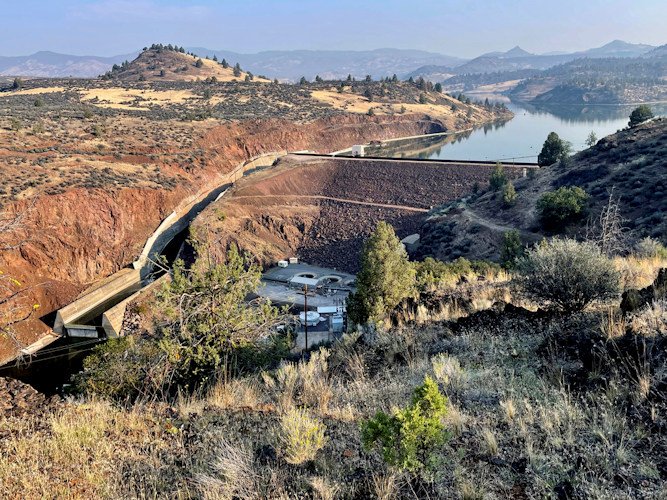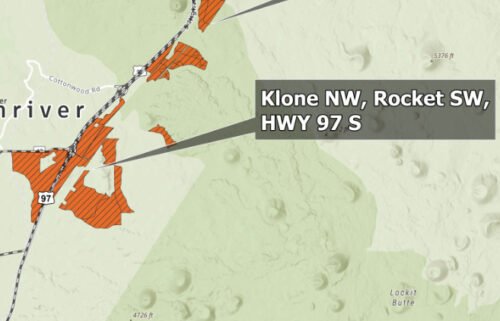Things to know about the Klamath River dam removal project, the largest in US history

By ADAM BEAM
Associated Press
SACRAMENTO, Calif. (AP) — The largest dam removal project in United States history is underway along the California-Oregon border.
The project will remove four dams on the Klamath River. Work has already begun on removing the smallest of the four dams. The other three will come down next year.
The project is part of a larger trend across the U.S. to remove dams blocking the natural flow of rivers and streams. Some things to know as the project gets going:
WHY ARE THE DAMS BEING REMOVED?
The dams were built decades ago to generate electricity. But they also halted the natural flow of the river and disrupted the lifecycle of salmon. The fish are culturally and spiritually important to several Native American tribes in the area.
In 2002, a combination of low water levels and warm temperatures caused a bacterial outbreak that killed more than 34,000 fish. That propelled Native American tribes to campaign for removal of the dams.
After much negotiation, federal regulators approved a plan last year to remove the dams. PacifiCorp transferred the dams to a nonprofit that will oversee the project.
WHEN WILL THE DAMS BE REMOVED?
Work already has begun on removing the smallest of the four dams, known as Copco 2.
Removing the other three dams will take longer because those dams are much larger. Work is scheduled to begin in January and the dams should be removed by the end of 2024.
HOW WILL THE DAMS BE REMOVED?
There won’t be one giant explosion. Instead, workers will slowly drain the reservoirs behind the dams this spring. Once that work is done, crews will begin dismantling the dams, mostly using heavy machinery and some small explosives.
The work includes more than just demolition. Crews also will try to restore the area to the conditions before the dams were built. For years, Native American tribes have gathered seeds of native plants by hand. Those seeds were sent to nurseries, which grew more seeds to plant along the riverbanks.
HOW MUCH WILL THIS COST AND WHO WILL PAY FOR IT?
The project has a $450 million budget, with a $50 million contingency fund. The cost is split between taxpayers and ratepayers of utility company PacifiCorp.



